
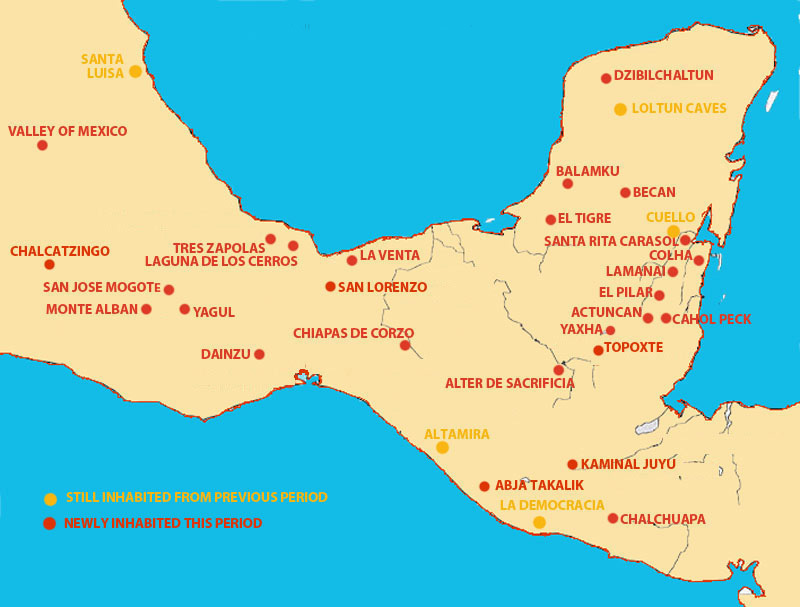
Early through Middle Pre Classic
2000 - 400 B.C.E.
The Early Pre-classic (Early Formative) settlements were little more than three to twenty families positioned just above the blackwater banks of the estuaries and lagoons. These locations gave them an abundance of mangrove oysters, marsh clams, crabs, turtles, and iguana which were caught for their eggs. The lagoons were fished for their gar, snook, porgy and catfish. In the higher tropical forest they cleared land for the planting of corn, beans, squash, and chili's. The preparation of these fields were accomplished by the slash and burn method. This period also gave way to pottery of the same two basic shapes there were made earlier in stone. The globular neck less jar and the flat dish with out slanting sides which are contributed to the Ocos people.
The Middle Pre-classic (Middle Formative) settlements of the Highlands and Lowlands were more heavily populated and the stick huts covered in mud on slight platforms remained the primary structures. There was something different happing in the coastal plains of Veracruz. The birth of the Olmec civilization. They built clay pyramid temples and carved large stone heads, made elaborate tombs with figurine offerings, first traces of art, invented writing, and developed the long count calendar. Truly a Mesoamerican 'mother culture' who's ideas spread throughout the Mayan world.

Valley of Mexico From the Archaic Period through the Post Classic Period the valley of Mexico has been occupied.
Learn More
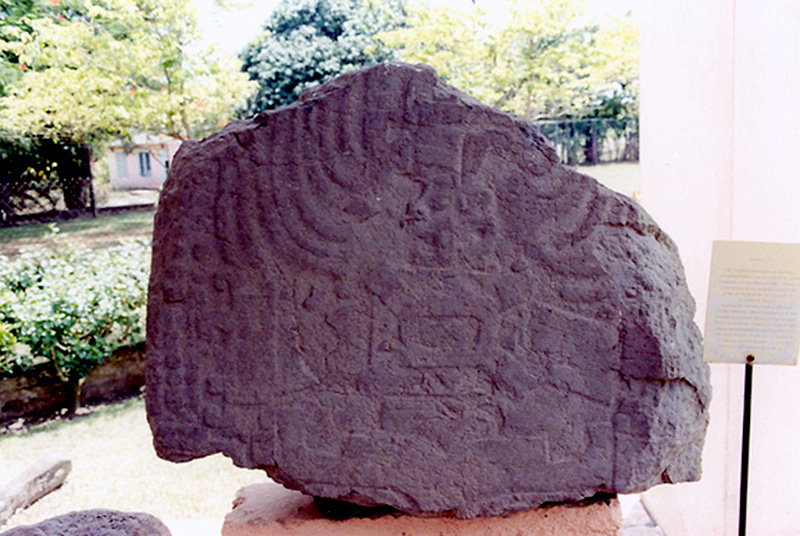
Tres Zapotes founded some time in the centuries before 1000 B.C.E., Tres Zapotes emerged as a regional center early in the Middle Formative period, 900 - 800 B.C.E.
Learn More

Leguna de los Cerros was settled in 1400 - 1200 B.C.E.and became a regional center, covering as much as 150 hectares. By 1000 B.C.E., it had nearly doubled in size with 47 smaller sites within a 5 kilometer radius.
Learn More
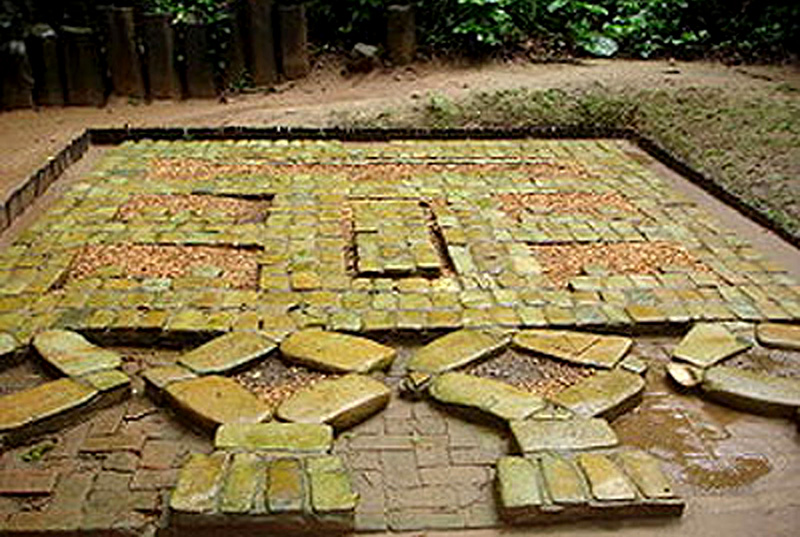
La Venta is located on an island, in a sea level coastal swamp, near the Tonala River, about 18 miles inland from the Gulf. The main part of the site is a linear complex of clay constructions
Learn More
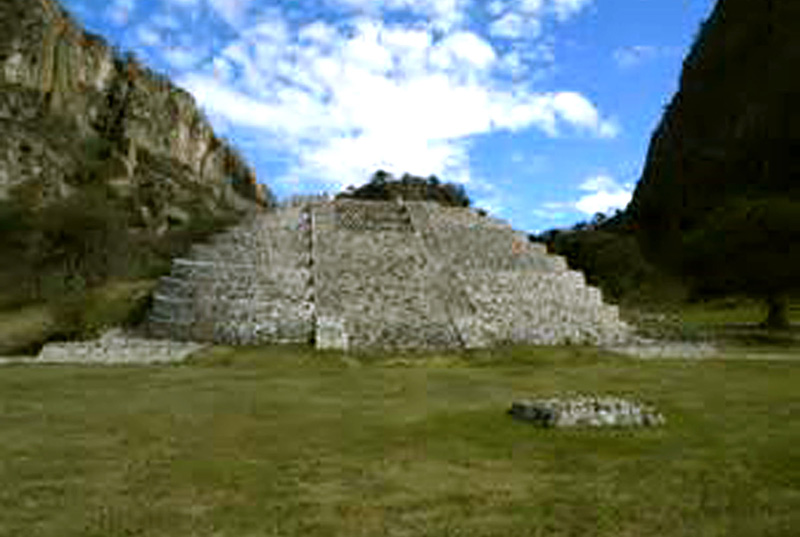
Chalcatzingo is a Mesoamerican archaeological site in the Valley of Morelos dating from the Formative Period of Mesoamerican chronology. The site is well-known for its extensive array of Olmec-style monumental art and iconography.
Learn More
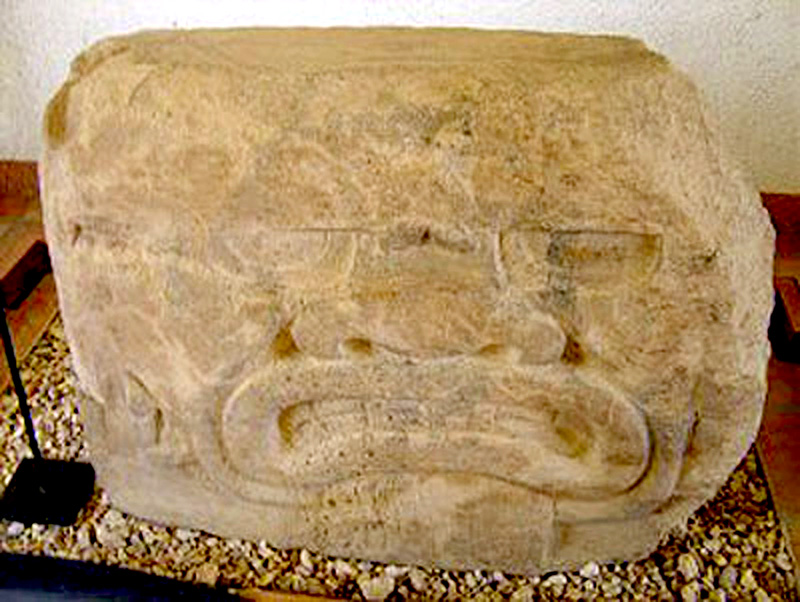
San Lorenzo (San Lorenzo is an Olmec period site located in the state of Veracruz, Mexico. San Lorenzo is the name of the central place in the larger San Lorenzo Tenochtitlan archaeological region.
Learn More

Chalchuapa, Chalchuapa is the name of the present day city in which a Mayan civilization in El Salvador occupied from about 1200 B.C.E. to the Spanish conquest.
Learn More

Balamku or Balam Ku means "House of the Jaguar" in Mayan. It is an early Maya city, was rediscovered in 1991 in the jungles northwest of Chicanna and Becan
Learn More
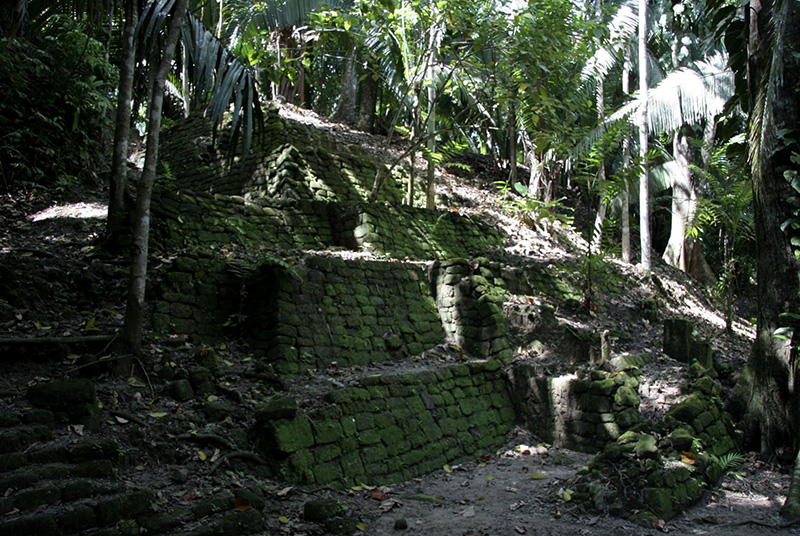
Alter de Sacrificios is located west of Seibal, very near the Rio Usumacinta River, on the Mexican border by Chiapas. 'Altar' is a relatively small site
Learn More
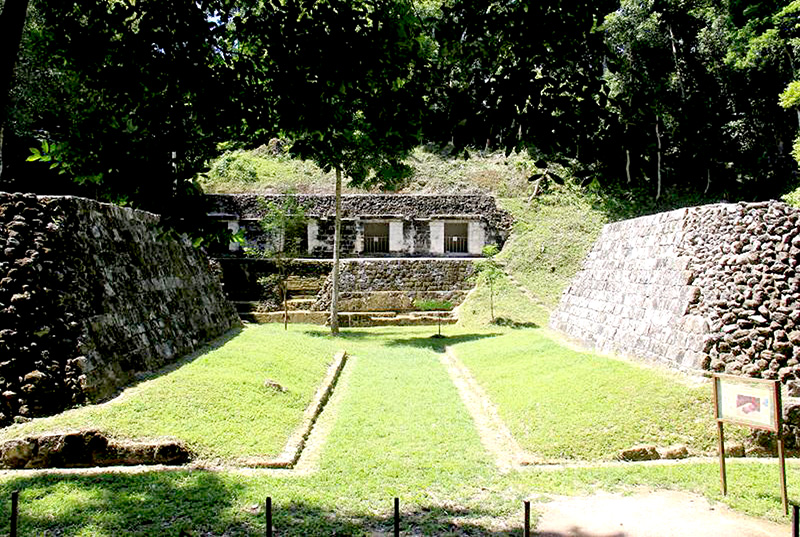
Yaxha The Temple K is being restored here, at the entrance of the site. The city has 3 main groups,
Learn More
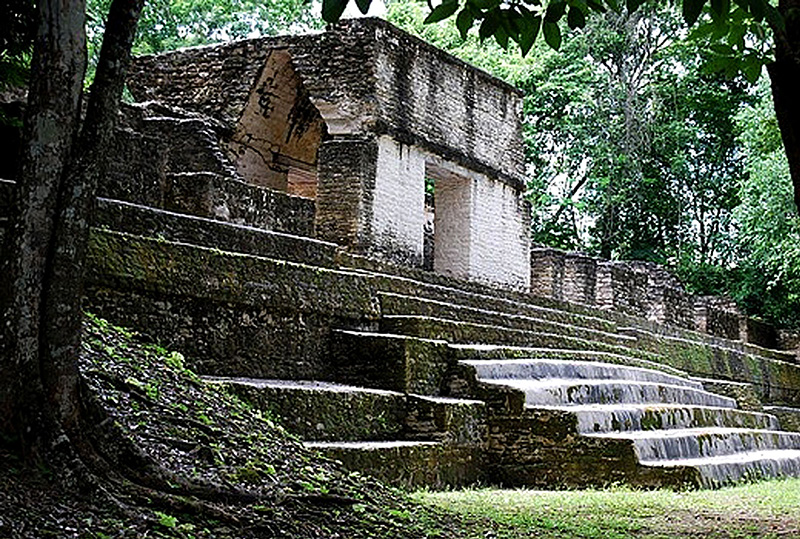
Cahal Pech is a major Mayan ceremonial center located on a tall hill overlooking the town of San Ignacio. The name derives from a combination of Yucatec and Mopan Maya and means "Place of Ticks".
Learn More

San Jose Mogote is a pre-Columbian archaeological site of the Zapotec, a Mesoamerican culture that flourished in the region of what is now the Mexican state of Oaxaca.
Learn More
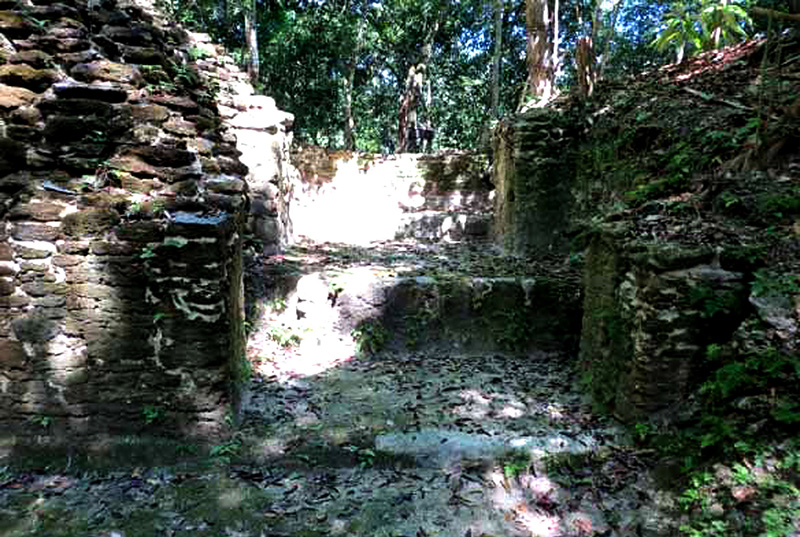
The El Pilar Archaeological Reserve for Mayan Flora and Fauna is located just north of San Ignacio, on the Belize-Guatemala border. The ruins lie 7 miles beyond the village of Bullet Tree Falls.
Learn More
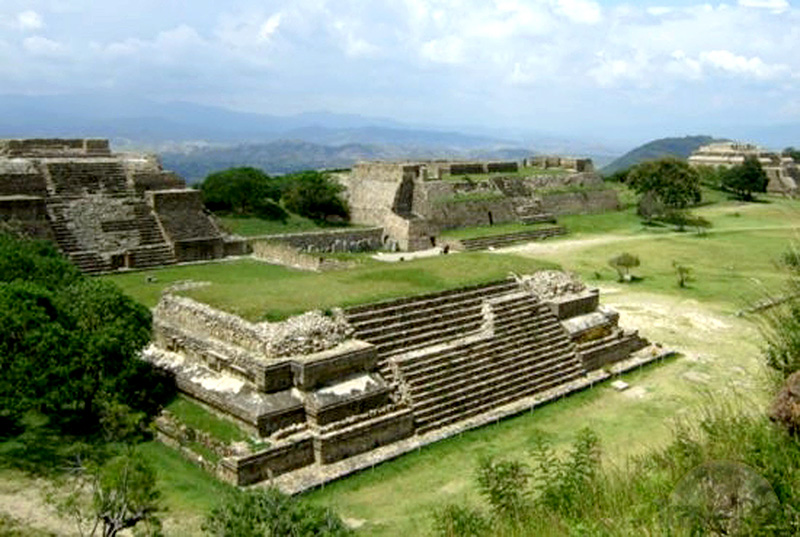
Monte Alban was the ancient capital of the Zapotecs and one of the first cities in Mesoamerica. During it's epoch, it was one of the most populated. It was founded approximately 500 B.C.E. and flourished until 750 C.E.
Learn More
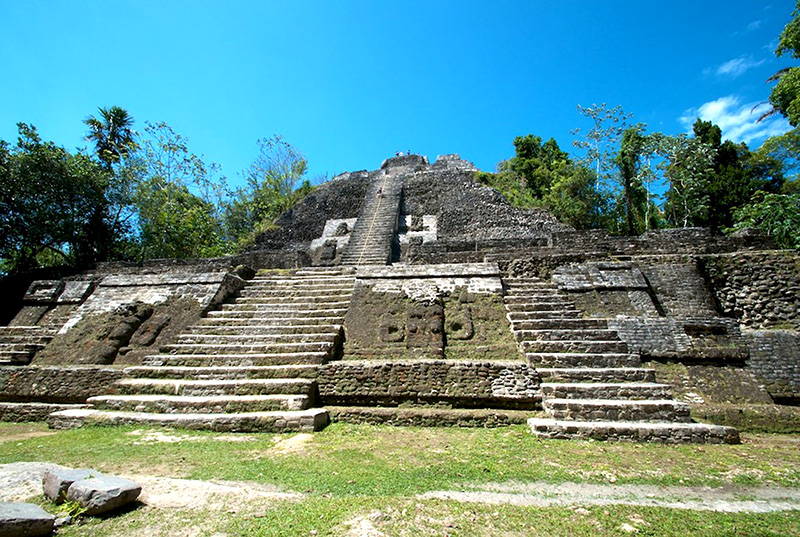
Lamanai is one of Belize's largest ceremonial centers. It is also one of the most important. The name "lamanai" comes from the word "submerged crocodile" in the Mayan language. Many representations of the crocodile can be found throughout this site.
Learn More
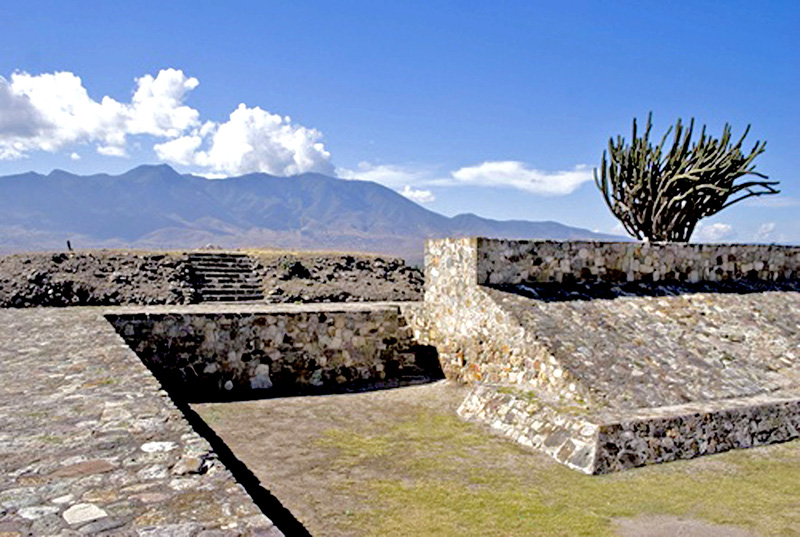
Yagul Evidence suggest that Yugal was settled in the begining of the Monte Alban 1 Period 500 B.C.E. It flourished as an urban center after Monte Alban was abandoned 800 C.E.. Yugal was subsequently abandoned for a short period,
Learn More
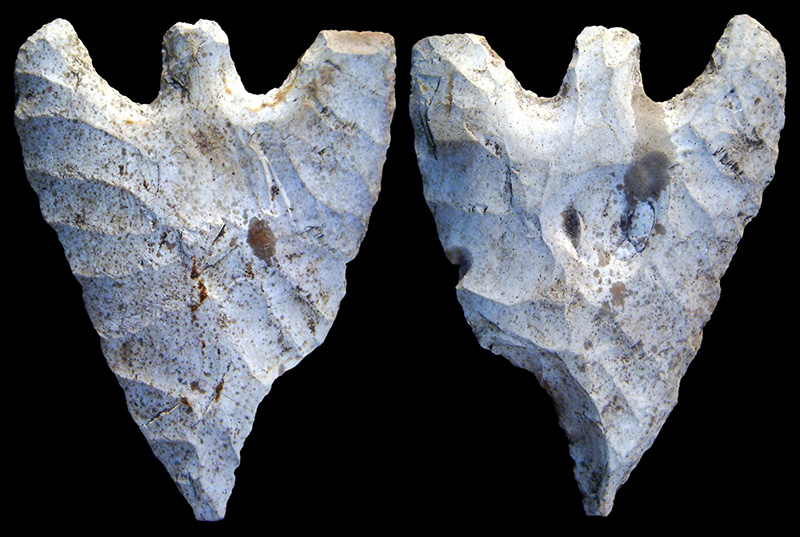
Colha - means "Water Cabbage " in Mayan. Colha is a relatively minor site in northern Belize that is distinguished for the stone artifacts made there, especially during the late Classic.
Learn More
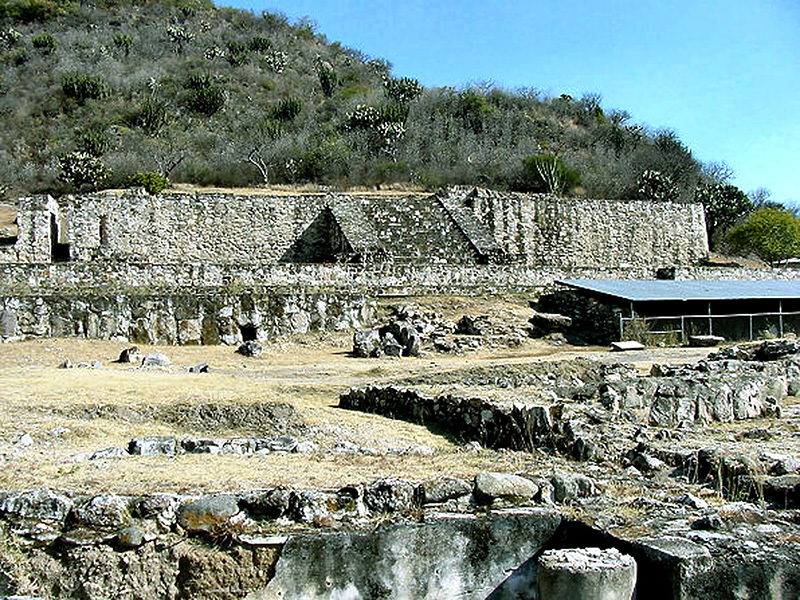
Dainzu from its beginning, during the Middle Pre-Classic Period 600 B.C.E. to end of its time 250 C.E., the site registered a great population and constructive growth
Learn More

Santa Rita The site of Santa Rita is located in the northern part of Belize, has been occupied throughout the Mayan Civilization and on into present times. Today the site is literally part of the town of Corozal.
Learn More

Kaminal juyu has been described as one of the greatest of all archaeological sites in the New World by Michael Coe, although its remains today a few mounds only, are far less impressive than other Mayan sites
Learn More
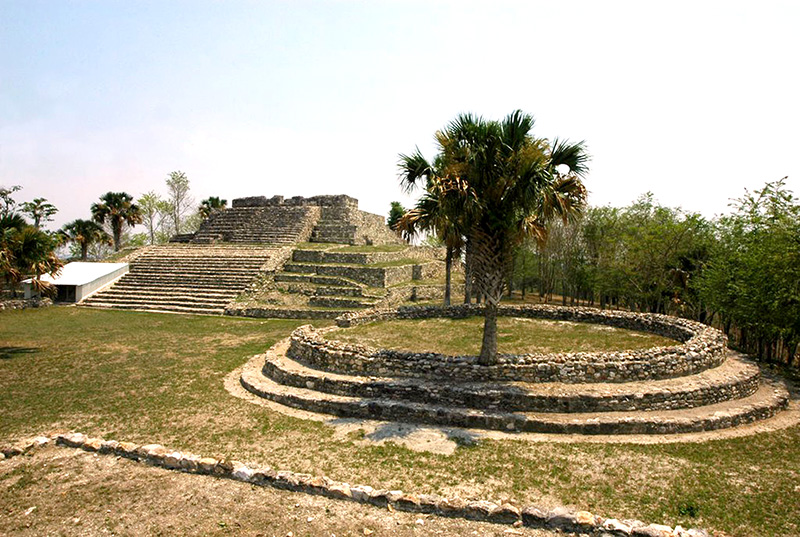
The occupation in El Tigre dates from Middle Pre-Classic period (B.C.E. 600-300), to 1557 C.E.. The site of El Tigre (the tiger) has been known since the Spanish conquest as Itzamkanac.
Learn More

Balamku or Balam Ku means "House of the Jaguar" in Mayan. It is an early Maya city, was rediscovered in 1991 in the jungles northwest of Chicanna and Becan
Learn More
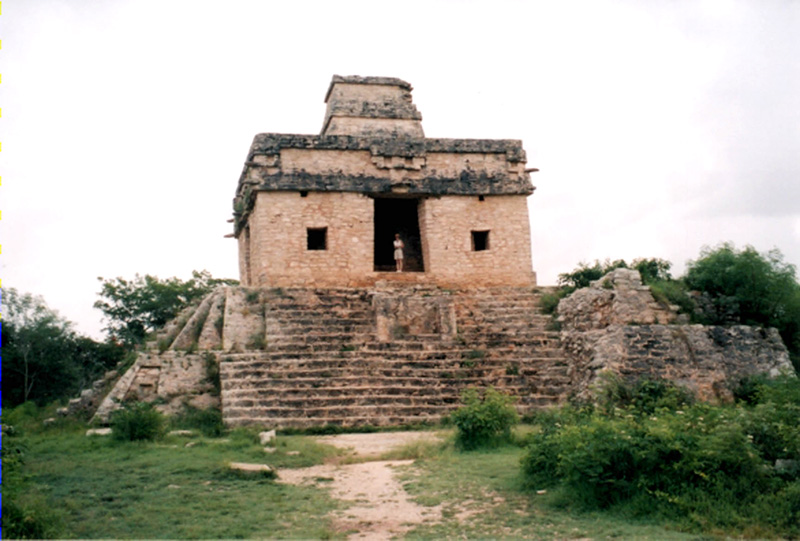
Dzibilchaltun is a large site located just north of Merida. The site is one of the oldest known sites in Mayan world. This city and its surrounding area was home to about 8000 structures spread over nine square miles.
Learn More

Becan Means "The Road of the Serpent" in Mayan. Becan was an active city for a very long period of time. Dates as early as 600 B.C.E. and as late as 1450 C.E. have been identified. The ruins are linked with Chicanna one mile away, and Xpuhil, four miles away,
Learn More

Yaxuná stands just 20 kilometers south of Chichén Itzá in the heart of the Yucatan. It is a very old city, dating to the Middle Preclassic era and contains many large monumental buildings.
Learn More
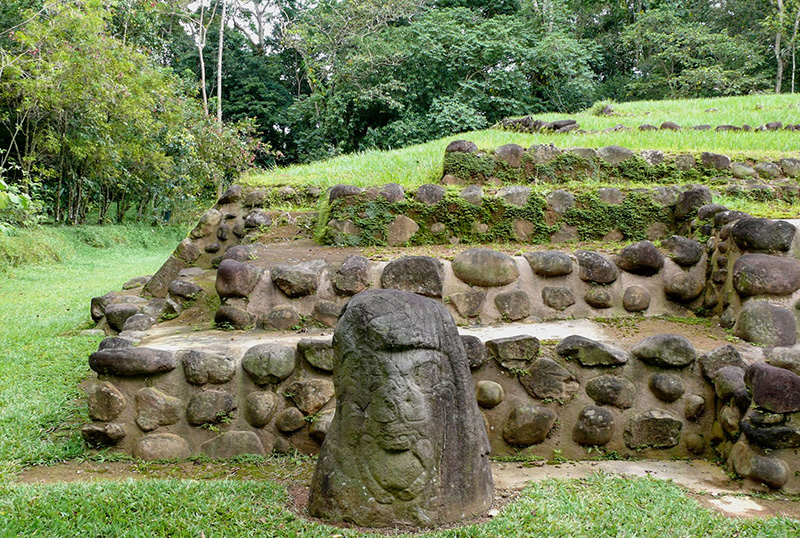
Tak'alik A'baj' formerly known as Abaj Takalik, is one of several Mesoamerican sites with both Olmec and Maya features. The site flourished in the Pre-Classic era, from the 8th century B.C.E.through the 9th century C.E.,
Learn More

Chiapa de Corzo at its height during the Late Formative period, was a regional center or capital of the area and controlled trading routes through the Grijalva river valley.
Learn More


























